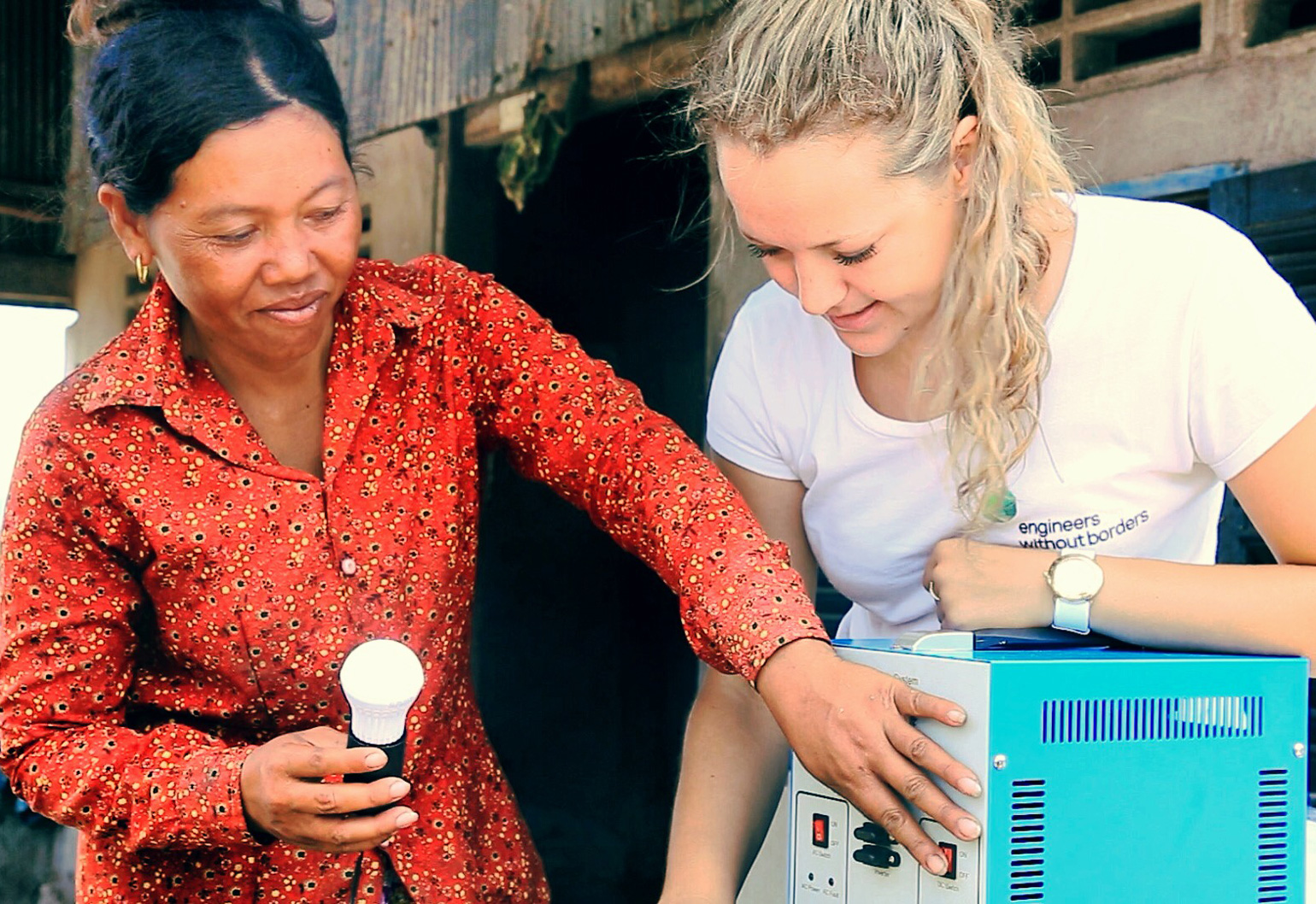Communities in Australia and around the world lack access to water, sanitation, electricity and shelter. Australian engineers have excelled far beyond the provision of these basic services. So why aren’t there more engineers donating their time to bring these services to communities in need?
Sheldon from The Big Bang Theory once commented that engineers are the Oompa Loompas of science. And although he meant it mockingly at the time, after discovering how tangible the outcomes of engineering are, he claimed he couldn’t go back to theoretical work.
Engineers have a reputation for making things happen. Almost everything in our world was touched by an engineer at some point in its production.
Through the course of this work, engineers influence what communities and society look like. They are enablers, providing access to basic services that can fundamentally address the root causes of disadvantage and poverty. Doesn’t this give us more of an imperative to help those less fortunate?
Setting clear goals
I’ve heard many reasons ‘justifying’ the absence of pro bono work in the engineering profession. Common ones are “there is no industry benchmark” or “engineers aren’t as engaged in social justice”.
Coming from a family of lawyers, I see how well those in the legal profession consistently leverage both generic and specialised skills to assist disadvantaged communities and create valued outcomes through pro bono work.
Just over a decade ago, the National Pro Bono Aspirational Target was established for the legal profession, with law firms committing to at least 35 hours of pro bono services per lawyer per year. By setting an industry target, pro bono work has increased to more than 420,000 hours per annum. Small, medium and large firms, paralegals, solicitors, barristers’ chambers, individual barristers, retired barristers … just about everyone contributes to reaching the target.
Some programs, such as EWB Connect, are working to promote a culture of pro bono work within the engineering community, but the lack of a clear target hampers efforts.
Why is there no pro bono target for the engineering profession?
No effort too small
One answer I hear a lot is that “engineering projects are too big to be done on the pro-bono scale”. Even if we hit the same pro bono targets as lawyers (35 hours per engineer per year), something like the Sydney Harbour Bridge would take more than 90 years to build.
However, the fact that engineers contribute to such significant projects is a strength the profession could leverage.
To date most pro bono engineering projects have been ad-hoc, complex and short-term transactions. One way to change that is for engineering companies to engage in pro bono work through a partnership rather than a project-based model.
As highlighted in the Pro Bono Engineering Report, companies that engaged in pro bono partnerships are better able to manage expectations and create mutually beneficial outcomes. Partnerships between companies and community organisations also make it easier to kickstart projects and initiate conversations about where engineering skills can be applied.
A recent example is the Water Supply Upgrade Project in Port Stewart. The Centre for Appropriate Technology (CAT) has maintained a partnership with the Yintjingga Aboriginal Corporation (YAC) for more than 20 years and recently engaged Arup to develop a detailed engineering design and costings for a water supply system for the community.
The work will enable the YAC (with the support of CAT) to obtain funding for the construction of the upgrade, which will improve the safety and reliability of the community’s water supply. It will also reduce the ongoing operational burden and costs associated with the improvised pumping arrangement and enable YAC to explore and expand tourism opportunities on their land.
How to boost pro bono engineering?
The ultimate goal is for pro bono work to be included in tenders and integrated into the normal course of business, similar to how corporate social responsibility (CSR) is now an everyday acronym used in board meetings across Australia.
The receiving entity isn’t the only one that stands to benefit from pro bono engineering – everyone has something to gain.
Employees have more diversity in their work and can grow their skills base, especially in communication skills, making them more effective in client interactions.
For companies, pro bono work can become a stickiness factor. It can be a way to attract and retain talent and create a diverse workforce with a focus on purpose.
For communities, pro bono work can be absolutely crucial, especially those in remote Australia where technical expertise is just not readily available. It’s this access to engineering expertise that makes pro bono engineering activities so valuable to communities around the world.
Here are three ways we might promote it:
- Make it a priority. From client side: include a mandatory pro bono component in tenders. From the service provider side: hold the work to a high standard and provide support to achieve it.
- Make it valued. Provide a budget for pro-bono work and with billable hours.
- Make it championed. Lead from the top and make sure everyone contributes and celebrates the work.
The new Engineers Australia National President Trish White wants the profession to play a bigger role in nation building; and what better role to play than engineering a more equitable world?
(Main image: The author, Rebecca Watts [on the right], while working as a Field Professional with Engineers Without Borders Cambodia, where she helped a community build solar power infrastructure.)



